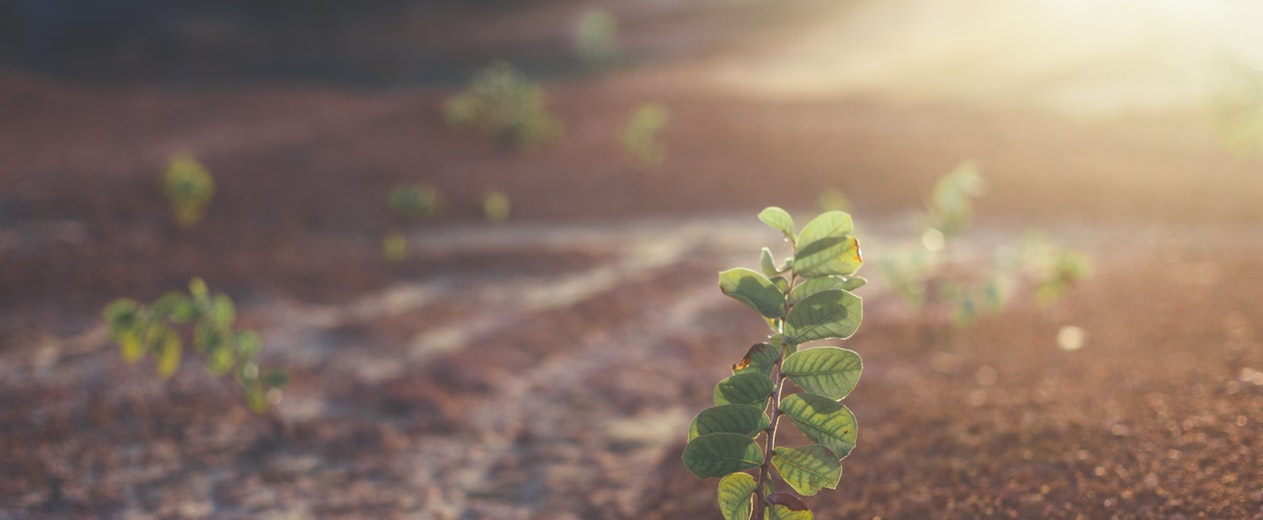A Household Guide to Composting

Today, let’s turn you on to composting and get you slinging soil that’ll make your garden happy and increase your local landfill’s lifespan. According to EPA estimates, about 30% of our household waste is made up of compostable material, i.e. plant food. Unfortunately, when our biodegradables are landfilled, they take up much-needed space that could be used by other garbage items. When landfills run out of room, we need to create more of them. By composting, we cut waste—and conserve space. Who wouldn’t want that?
The basics
Composting is all about finding the right balance of ingredients. Using water, air, sunlight, green materials, and brown materials, you can start producing what gardeners like to call “black gold”—rich topsoil that’ll give your homegrown herbs and veggies a natural boost.
You’re probably wondering what green and brown materials are, exactly. No worries, let’s break them down.
Green materials are high in nitrogen. Because they contain moisture, they tend to decompose quickly. They include:
- Fruit and vegetable scraps
- Coffee grounds and unbleached filters
- Tea bags
- Fresh leaves and plants
- Grass clippings
- Clover
- Seaweed
Brown materials are high in carbon. They’re dry, so they take a longer time to break down. They include:
- Corncobs
- Breads and grains
- Nutshells
- Shredded newspaper
- Dead leaves
- Twigs and small branches
- Sawdust
This list is by no means exhaustive, by the way, but it’s a great place to start. Though fruit and vegetable skins make great compost, any that have been treated with pesticides should be left out. Remember: the stuff you compost is returning to the earth, so it’s important to keep bad chemicals out. If your community has an organics program, check in with them to see exactly what’s accepted.
Mixing the perfect pile
Now, the tricky part: finding the right mix of brown and green materials. Depending on who you talk to, you’ll get a different answer. Some say one-part green to two-parts brown materials. We’ve even seen one-part green to thirty-parts brown materials.
Really, though, it comes down to preference. If your compost stinks, brown materials will eliminate the odor. Too much brown materials will slow down the process, though, so keep that in mind. Be sure to keep your materials wet, too. For reference, think of a damp sponge, and if you can, try to turn your pile to air out your materials. Composting is all about creating the ideal environment for the microorganisms that break down compost. Like us, they need air and water.
The perfect pile shouldn’t stink. It should smell like soil. And when it’s done composting, it’ll look like chocolate cake.
No yard? No worries
Condo and apartment dwellers can compost, too. Whether you make your own composter or purchase one that does all the work for you, there are options for everyone. If you don’t use the soil yourself, you can donate it to a friend, a community garden, a school, or local grower. For a simpler solution, services like CompostNow will provide you with an organics bin and do all the heavy lifting, for a fee.
It doesn’t matter if your community has an organics program or not, it’s easy to get involved. Plus, we can help. If your city is on the Recycle Coach Network, you can download our app for free.